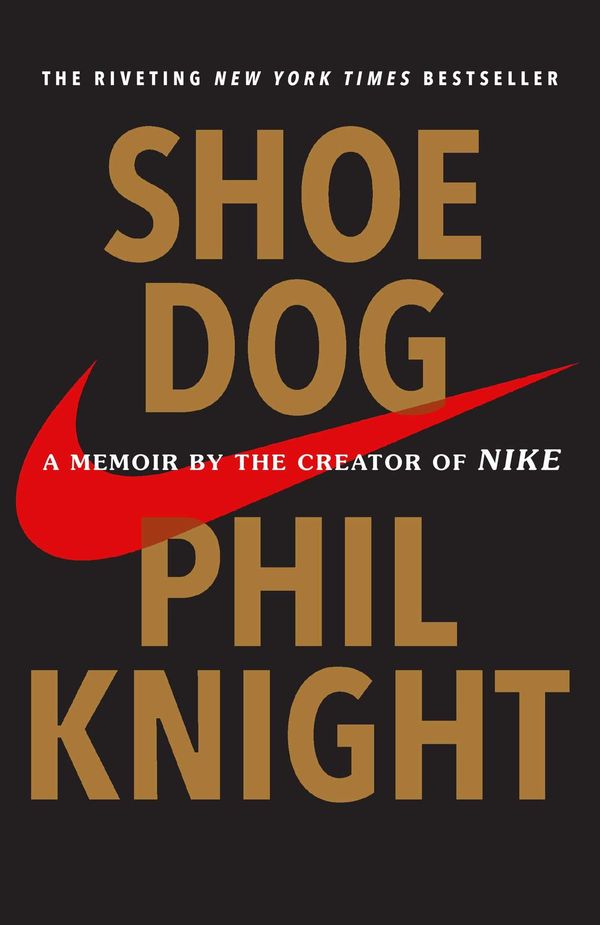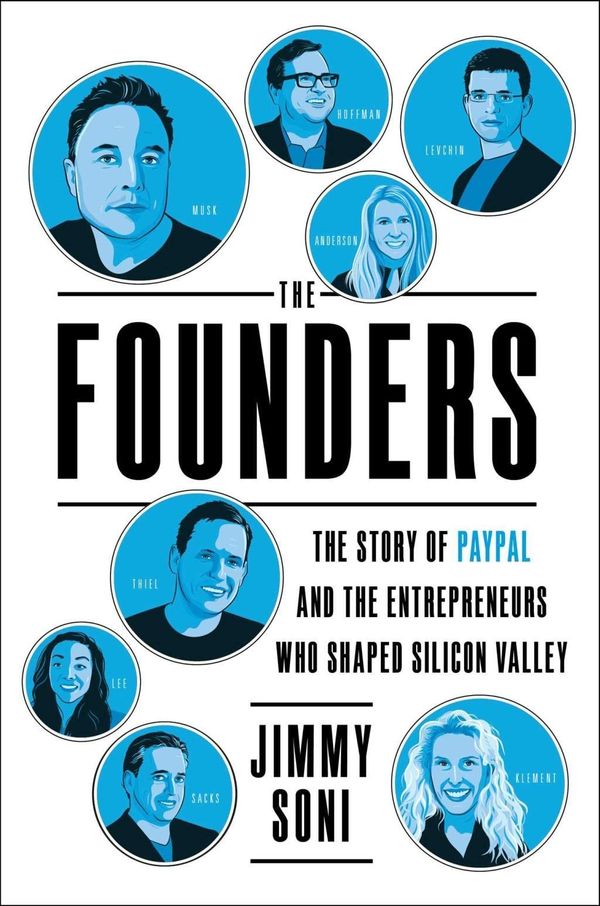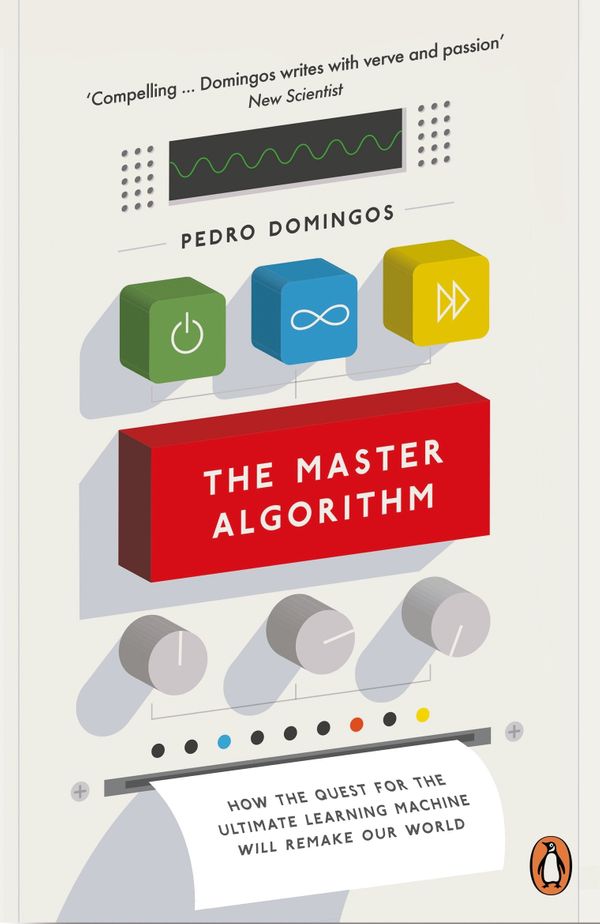By Phil Knight (2016)
Pages: 386, Final verdict: Great-read
Where did the biggest athletics company in the world start? Shoe Dog tells the story of Nike, and its humble beginnings in Oregon, United States, through the eyes of its founder and longtime CEO Phil Knight.
In fact, Shoe Dog is a memoir of Phil Knight's years between finishing an MBA at age 24 to making Nike a public company in 1980. Although most of the book is focused on Nike, we also learn about Knight's relationship with his father, his wife, and his kids, and how his journey with Nike affected all those relationships.
From Japanese Tigers to Nike sneakers
"Let everyone else call your idea crazy... just keep going. Don't stop. Don't even think about stopping until you get there..." - Phil Knight
Phil Knight was a running aficionado at a time when running was not popular. An outdoor run is right at the beginning of the book, and probably of the whole Nike story. Knight ran track for his college team, and although he never was the best in this team, running was a sport he loved above anything else.
Thus, having finished an MBA at Stanford University in 1962, Knight decided to go on a round-the-world trip. And besides looking for a soul searching voyage, Knight had developed a business plan for importing Japanese running shoes to the United States. Hence, on his second stop on the round-the-world trip, Knight visited a factory in Kobe, Japan and boldly presented himself as an established businessman (which he was far from being), ordering a batch of shoes to be delivered to his home address in Oregon.
Once back home, but not before finishing his round-the-world trip, Knight made a partnership with his former running coach Bill Bowerman to found Blue Ribbon, the company which we all now know as Nike. Bowerman, a very respected coach, vouched for the shoes' quality and recommended them to their athletes, while Knight went around the state selling them from the back of his car.
As such, for their first 7 years in business, Knight and Bowerman were re-selling Onitsuka Tiger shoes. Finally in the early 1970s, Blue Ribbon created its own brand - Nike, and one of the most famous logos in the world: the swoosh.
From then on, the company grew exponentially, taking over the US athletics shoe market from Adidas. The rest of the book follows all the major steps in the company's course until moment when Nike had its IPO.
Details on starting up
What I have described in the previous paragraphs concerns the major outlines of Nike's history. Shoe Dog is however much more about the details. In almost 400 pages, Phil Knight gets to describe in great detail the most important moments in the company's history.
We learn about Knight's management style. About how he recruited his first employee, the very dedicated Jeff Johnson, but bullied him around by giving him the most difficult challenges without any positive recognition. We get an idea that Knight was incredibly lucky with the team he assembled as Nike's first employees.
The story also takes us through defining moments such as a legal battle with Onitsuka, another legal battle with the US customs department, or being kicked out by their bank for having too much debt (twice). Each of these moments could have been the end of Nike, and it is inspiring to see how they pulled through against all odds.
Lastly, the last chapter in the book takes a leap from 1980 to 2007, the date when Knight decided he should write this book. I found it to be the best chapter in the book, as Knight explains how Nike was never just business. Above all, he values the people he worked with, the athletes they endorsed, and Nike's attempts to improve conditions in their Asian production facilities. It's a deeply personal chapter, and it sounds completely authentic.
Bottom line
Shoe Dog is a great read. It has an engaging storyline, a few lessons to learn, and an inspiring journey to build one of the world's most famous companies.
However, I don't consider it a must read. I must confess I had very high expectations for this book, but it somehow failed to completely energize me as other books have done before. There was no great lesson learned, or a completely new insight gained.
All in all, it was still a good reading experience. The book reads nicely, despite being rather long. I would recommend it to anyone who likes memoirs, or is a wanna-be entrepreneur with a "crazy idea" like Phil Knight in 1962.
Further learning:
- Buy the book online.
- The Nike Story? Just tell it! - Fast Company article on why storytelling is an important part of Nike's culture
- Nike in Transition (A): The Ascendancy of Bob Woodell - Harvard Business Review case study about Bob Woodell, an important character in Shoe Dog and Nike's first COO



